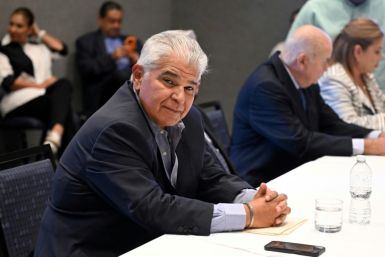Tiger Airways Eyes Avalon Airport as Second Hub
Tiger Airways Australia is eyeing Avalon Airport as its second hub because of the strong performance of the budget air carrier in 2011. In the seven-month period March 27 through Oct 31, Tiger added 380,000 seats to its four current routes.
The need for another base is because of the spread of Tiger's extra capacity from Melbourne to Sydney, Brisbane, Gold Coast and Perth.
Tiger will add three extra return flights a day for the Melbourne-Sydney route and bring the total to eight trips daily. The air carrier will also add 28,000 seats on the Melbourne-Brisbane leg with three return services daily, 46,000 added seats on the Melbourne-Gold Coast route with three return services and 69,000 more seats to the Melbourne-Perth route with the addition of one more return flight.
"Rather than putting out a limited supply of special fares which are typically gone in minutes, we prefer to provide great value air fares in plentiful supply so as not to disappoint our customers," new Tiger Airways Chief Executive Andrew David told The Age Traveller.
Mr David replaced Tony Davis who was transferred to Tiger's head office in Singapore to take charge of the air carrier during its crisis after the Civil Aviation Safety Authority grounded Tiger in July 2011 for six weeks.
Tiger said the ground provided the air carrier an opportunity to re-evaluate the demands of Australian passengers and relaunch an improved service with focus on on-time performance, limited cancellations and better safety standards.
"We know that everyone wants low fares, but they also want to be on time and for us to put operational excellence first," Tiger Airways spokeswoman Vanessa Regan said.
A Goldman Sachs report released in May 2011 found that the entry of Tiger in the aviation market in 2007 was linked to a 13 per cent drop in real airfares, while an exit by the budget air carrier would lead to a drop by 5 per cent in domestic travel and 15 per cent hike in airfare due to lack of competition from a low-cost carrier.






